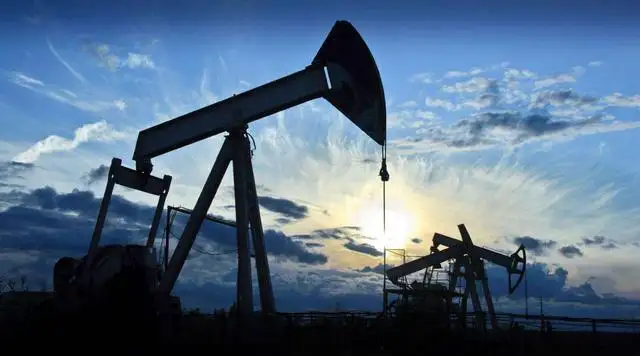

- Five Major Challenges Facing The Energy Industry
- Record-high prices at the pump, a looming diesel shortage right when the summer season is starting, and an uncooperative OPEC are probably reasons for many head
Detail+
222016-06
- What’s the main function of drilling mud?
- As we all know, drilling mud, also called drilling fluid, is a product which is used in the process of drilling deep boreholes. The mud is an integral part of the drilling process, serving a number of functions. Then what’s the main function of drilling mud?
Yes, the most critical function of drilling mud is lubricant. Drilling generates tremendous friction, which can damage the drill or the formation being drilled. Drilling mud cuts down on the friction, lowering the heat of drilling and reducing the risk of friction-related complications. So we said it ‘s very important during the drilling
212016-06
- Russia inks oil supply deal with Vietnam
- MOSCOW (Biz Hub) — Russia's Rosneft petroleum group will supply up to 96 million tonnes of oil to the PetroVietnam Oil Corporation (PV Oil) from 2016 to 2040, Vietnamplus.vn reports.
The deal was reached by Rosneft CEO Igor Sechin and PV Oil Vice President Vo Khanh Hung at the 20th International Economic Forum in St. Petersburg city, Russia, on June 16-18.
It constitutes one of the biggest contracts of its kind, as targeted by Russia in its strategy to expand partnership in the Asian-Pacific market.
202016-06
- How much do you know about the fluid solid control ? -Device of solid control
- We have talked about what is the solid control, today we gonna talk about the device of solid control.
As the name implies, screen shaker is a filtering device that can separate the bigger solid phase from the little one which can through the screen. It is one of the most often used devices in the drilling mud transferring...
182016-06
- Borehole instability mechanism and Countermeasures Part-IV
- Anti-collapse mechanism of Asphalt additives
Sealed Middle strata fractured, prevent water entering are one of the major measures of stabilize the borehole wall, asphalt products have exactly this particular performance. ...
172016-06
- Borehole instability mechanism and Countermeasures Part-III
- 4. Technical measures and methods of borehole wall stabilization
First, determine a reasonable drilling fluid density, based on the collapse pressure and fracture pressure to stress three pressure profile,...
162016-06
- Russia, Vens Discuss Production Freeze
- "We discussed the possibility of coordination and further work. If the current situation (on the global oil market) deteriorates, we will return to the possibility of further consultations (on a freeze)," Novak said about his meeting with del Pino on Wednesday.
152016-06
- Venezuelan Crude Sales to the US Jump 4% in May
- Venezuelan crude oil sales to the United States rose nearly 4 percent in May to 762,000 barrels per day (bpd) after declining since January amid falling output and delays at the country's main oil port, according to Thomson Reuters data on Tuesday.
142016-06
- China and India leading oil demand growth in developing countries
- According to the BP anuual report, now the developping countries(Non-OECD country)' oil demand growth is very strong, especially China and India these two big manufacturing center, but still below the historical average.
132016-06
- Why used viscosity reducer in drilling procedure?
- Drilling viscosity-reducer also named deflocculants, thinner. In use procedure of drilling fluids, it’s ordinarily to see additives loss efficacy when temperature rise, invade salt or calcium and solid content rising.
102016-06
- Borehole instability mechanism and Countermeasures Part-II
- 2. Indoor test Way of fabric formation characteristics, physical and chemical properties and wellbore stability
A. Analysis Method of Formation fabric characteristics
a. Visual inspection; b. IR spectroscopy, differential thermal analysis, etc; c. SEM; d sheet analysis.
B. Strata physical and chemical properties
a. Density; b. Cation exchange capacity; c. content of soluble salts; d. adsorption isotherm experiments; e. surface area;
